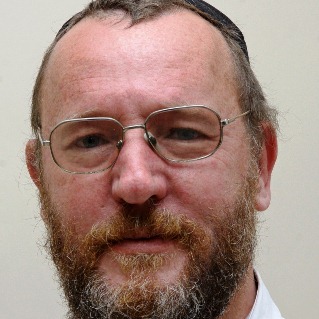
Lifestyle/Community

Nelson Mandela and Middos Tovos
DAVID SAKS
Nelson Mandela and Middos Tovos
Shortly afterwards, an ANC official in the Western Cape posted an image of Hitler with a caption explaining that he had decided to leave some Jews alive so that the world could understand why he had killed off the rest of them.
Similar sentiments have appeared throughout the social media, and for the first time blacks have been frequent offenders. Twenty years ago, such views were all but unknown in the black community. It is all part and parcel of a more general degeneration of public discourse, something hugely exacerbated by the opportunities created by the electronic communications revolution for anyone to propagate whatever hateful notions they wish.
It all makes one realise how extraordinary was the South African transformation from apartheid to democracy 20 years ago, and also how extraordinary were those of all races who made it possible.
Of all the latter, Nelson Mandela particularly stood out. Too often, secular saints are the product of collective wishful thinking, the creation of a mass popular culture that craves heroic figures to look up to, but Mandela was the real thing.
Unlike most esteemed public figures, who shrink when the minutiae of their actual lives are put under the microscope, Mandela only seems to get bigger. That, at any rate, is how I came to see it in the course of researching and writing on various aspects of his life.
A couple of decades ago, there was a plethora of biographies recounting the lives of modern-day “Gedolim” – great rabbinical leaders and teachers. These were unabashedly hagiographic, emphasising at length all the good their subjects had done while eschewing even the mildest rebuke.
Many criticised them for this (“Life is not always an Art Scroll biography”, Rabbi Berel Wein once cautioned), and indeed, as objective historical treatises they had obvious limitations. However, they contained a wealth of inspiring accounts of how true tzaddikim conducted themselves, particularly regarding their interpersonal relationships.
One story that comes to mind is of an elderly Rabbi Moshe Feinstein having his fingers caught in a car door slammed shut too quickly by an over-enthusiastic yeshiva boy eager to be of service. Such was Rav Moshe’s presence of mind that he did not cry out or otherwise show what had happened, knowing how devastating this would be to the youngster. Instead, when the driver had proceeded a little way, he quietly asked him to stop so that he could withdraw his hand.
Here, by comparison, is an early Mandela story, related many years later by Robert Hepple. This took place during the little-known “incitement to strike” trial of 1962, for which Mandela was eventually jailed and in which Hepple represented him.
At one point, it was decided to ask the presiding magistrate to recuse himself on some technical issue or other. Mandela agreed to this, but directed Hepple to informally advise the magistrate of this intention beforehand, rather than having it sprung on him in court and thereby causing him embarrassment.




